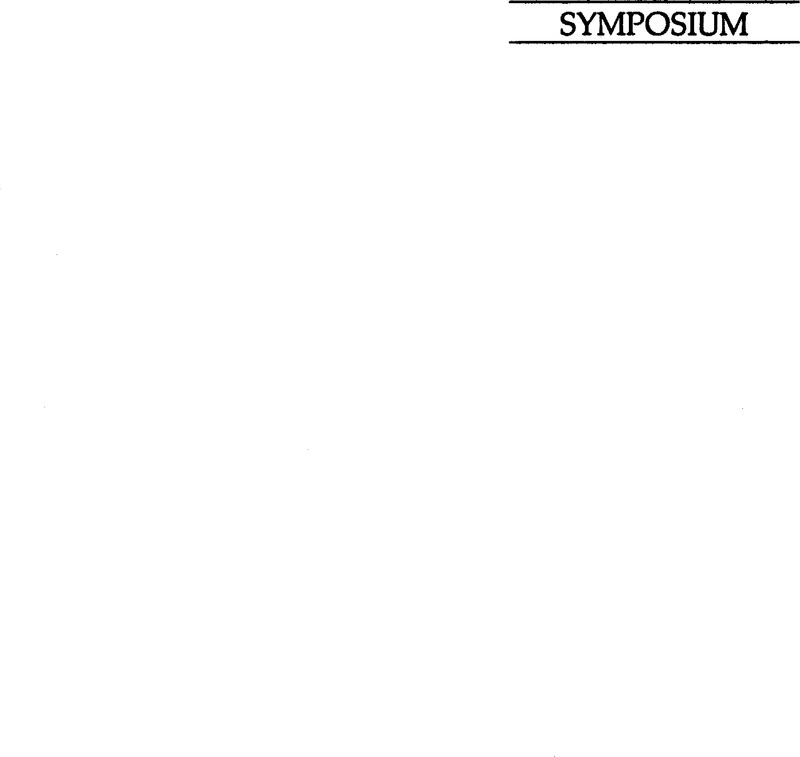Crossref Citations
This article has been cited by the following publications. This list is generated based on data provided by Crossref.
Kornberg, Allan
and
Clarke, Harold D.
1994.
Beliefs About Democracy and Satisfaction with Democratic Government: The Canadian Case.
Political Research Quarterly,
Vol. 47,
Issue. 3,
p.
537.
Levy, Jack S.
1994.
Learning and foreign policy: sweeping a conceptual minefield.
International Organization,
Vol. 48,
Issue. 2,
p.
279.
PRIEST, SUSANNA HORNIG
1994.
Structuring Public Debate on Biotechnology.
Science Communication,
Vol. 16,
Issue. 2,
p.
166.
Stein, Janice Gross
1994.
Political learning by doing: Gorbachev as uncommitted thinker and motivated learner.
International Organization,
Vol. 48,
Issue. 2,
p.
155.
Kern, Montague
and
Just, Marion
1995.
The focus group method, political advertising, campaign news, and the construction of candidate images.
Political Communication,
Vol. 12,
Issue. 2,
p.
127.
Pappi, Franz Urban
1995.
L'ELETTORE CHE RAGIONA. IL CASO DEI SISTEMI MULTIPARTITICI.
Italian Political Science Review/Rivista Italiana di Scienza Politica,
Vol. 25,
Issue. 3,
p.
487.
DeSart, Jay A.
1995.
Information Processing and Partisan Neutrality: A Reexamination of the Party Decline Thesis.
The Journal of Politics,
Vol. 57,
Issue. 3,
p.
776.
Visser, Max
1996.
Voting: A Behavioral Analysis.
Behavior and Social Issues,
Vol. 6,
Issue. 1,
p.
23.
Nelson, Thomas E.
and
Kinder, Donald R.
1996.
Issue Frames and Group-Centrism in American Public Opinion.
The Journal of Politics,
Vol. 58,
Issue. 4,
p.
1055.
McGraw, Kathleen M.
and
Lodge, Milton
1996.
Political information processing: A review essay.
Political Communication,
Vol. 13,
Issue. 1,
p.
131.
Stein, Janice Gross
1996.
Deterrence and learning in an enduring rivalry: Egypt and Israel, 1948–73.
Security Studies,
Vol. 6,
Issue. 1,
p.
104.
RHEE, JUNE WOONG
and
CAPPELLA, JOSEPH N.
1997.
The Role of Political Sophistication in Learning From News.
Communication Research,
Vol. 24,
Issue. 3,
p.
197.
Rhee, JW
1997.
Strategy and issue frames in election campaign coverage: a social cognitive account of framing effects.
Journal of Communication,
Vol. 47,
Issue. 3,
p.
26.
Ostberg, C. L.
and
Wetstein, Matthew
1998.
Dimensions of Attitudes Underlying Search and Seizure Decisions of the Supreme Court of Canada.
Canadian Journal of Political Science,
Vol. 31,
Issue. 4,
p.
767.
Kinder, Donald R.
1998.
COMMUNICATION AND OPINION.
Annual Review of Political Science,
Vol. 1,
Issue. 1,
p.
167.
Bonfadelli, Heinz
1998.
Politische Kommunikation in der demokratischen Gesellschaft.
p.
211.
Richardson, Glenn
1998.
Political Advertisements, Political Cognition and Political Communication.
Political Communication,
Vol. 15,
Issue. sup1,
p.
1.
Bagozzi, Richard P.
and
Dabholkar, Pratibha A.
2000.
Discursive psychology: An alternative conceptual foundation to means-end chain theory.
Psychology and Marketing,
Vol. 17,
Issue. 7,
p.
535.
Schlesinger, Mark
and
Lau, Richard R.
2000.
The Meaning and Measure of Policy Metaphors.
American Political Science Review,
Vol. 94,
Issue. 3,
p.
611.
Coleman, John J.
and
Manna, Paul F.
2000.
Congressional Campaign Spending and the Quality of Democracy.
The Journal of Politics,
Vol. 62,
Issue. 3,
p.
757.




Comments
No Comments have been published for this article.